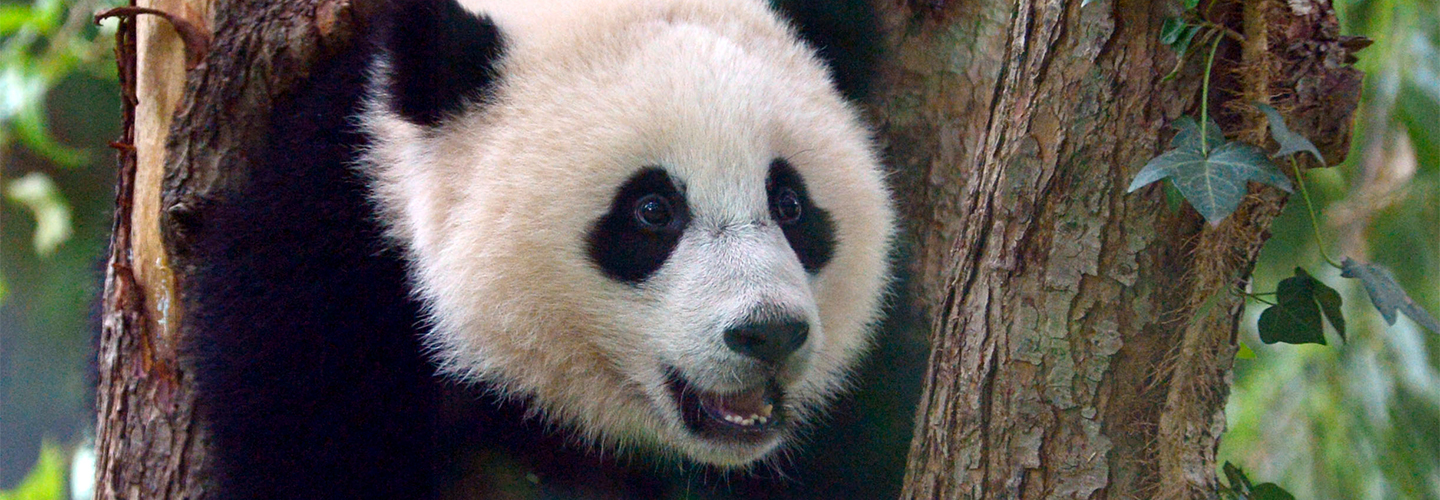For the past three-and-a-half years, an adorable giant panda cub has captured the hearts of visitors to the National Zoo in Washington, D.C. The panda, named Bao Bao (pronounced bow-bow), also has fans around the world. Thanks to the zoo’s panda cams, people have been able to watch nearly every moment of Bao Bao’s life by going online. But the panda’s followers will soon bid her farewell. This winter, Bao Bao will board a special FedEx cargo plane bound for China—pandas’ native home.
Bao Bao was born at the National Zoo on August 23, 2013. Her parents, pandas Mei Xiang (may-SHONG) and Tian Tian (t-YEN t-YEN), are on loan to the zoo as part of a breeding agreement between the U.S. and China. The zoo pays an annual $500,000 fee to support panda conservation efforts in China. In exchange, it can exhibit Mei Xiang, Tian Tian, and any cubs they have to millions of zoo visitors and web viewers. According to the agreement, all panda cubs born in the U.S. must be moved to China by the time they turn 4 years old.
For the past three-and-a-half years, a giant panda cub has lived at the National Zoo in Washington, D.C. The adorable creature has captured the hearts of zoo visitors. Bao Bao (pronounced bow-bow) has fans around the world too. People have been able to watch nearly every moment of her life with the zoo’s online panda cams. But the panda’s followers will soon tell her goodbye. This winter, Bao Bao will board a special FedEx cargo plane headed for China. That’s pandas’ native home.
Bao Bao was born at the National Zoo on August 23, 2013. Her parents are Mei Xiang (may-SHONG) and Tian Tian (t-YEN t-YEN). These two pandas are at the zoo as part of a breeding agreement between the U.S. and China. The zoo pays $500,000 a year to support panda conservation efforts in China. In return, it can display Mei Xiang, Tian Tian, and any cubs they have. Millions of zoo visitors and web viewers get to watch the pandas. The agreement states how long the cubs can stay. All panda cubs born in the U.S. must be moved to China by the time they turn 4 years old.

